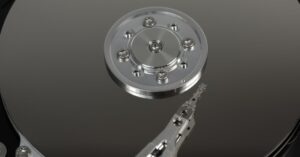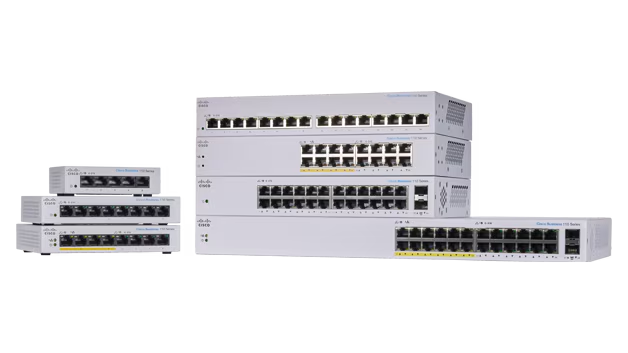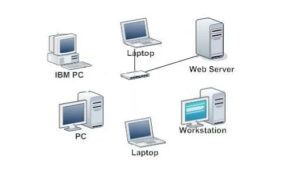The Best Ethernet Hub is now a Switch
In the fast-evolving world of network technology, staying ahead of the curve is crucial for any tech enthusiast or professional. In modern networks, the traditional network hub has taken a backseat, making way for the more efficient and versatile network switch. This shift is not just a trend but a response to the increasing demand for faster, more reliable connectivity in both home and business environments.
Network switches offer significant advantages over hubs, including better bandwidth management and enhanced control over data traffic. These features are essential as the volume of data exchanged across networks continues to grow exponentially. Choosing the right switch could be the key to unlocking smoother, more efficient network operations in the coming years.
What is an Ethernet Network hub?
A network hub functions as a basic networking device that connects multiple computers or other network devices, enabling data packets to be distributed to all connected devices.
Unlike network switches that manage data traffic efficiently, a network hub lacks the ability to differentiate between devices and sends the same data to all ports leading to collisions and network congestion, especially as the network size increases.
Technically a Switch is better than a Hub.
At its core, a network hub operates on the physical layer of the OSI model, which means it does not handle packet filtering or data routing based on MAC addresses. This results in all network traffic being shared equally among all ports, without any prioritisation or intelligence in data handling. Consequently, network security and performance can be compromised due to the hub’s simplicity and lack of data traffic management.
In the context of increasing demands for higher data speeds and more secure connections, the limitations of network hubs become more apparent. Therefore, highlighting the transition to network switches that offer better control and connectivity is important for future-proofing network infrastructures. These switches not only handle larger amounts of data more effectively but also provide the ability to connect devices in a more controlled and secure manner, significantly enhancing overall network performance. Thus, understanding the basic functionality and constraints of a network to hub substantiates the shift toward adopting advanced networking solutions like switches.
What does an Ethernet Network Hub do?
A network hub serves as a foundational device in a wired network, connecting multiple Ethernet devices so that they function as a single network segment. It operates using a simple process, transmitting incoming data packets, or frames, to all connected devices, irrespective of the intended recipient. Hubs work on the physical layer of the OSI model, which means they do not manage any of the data transmitted through them.
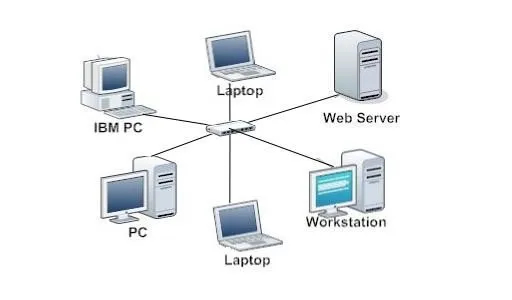
Despite their role in early network design, hubs have significant limitations. When a hub receives data from one port, it broadcasts it to all other ports, leading to potential data collisions, especially in networks with many devices. The consequence is often network inefficiency and increased response times, as only one device can send data at a time.
Network congestion is a notable issue with hubs because they cannot differentiate between or prioritise data traffic. All network traffic has the same priority and must wait its turn to be broadcast through the hub. This lack of traffic prioritization can significantly reduce the speed and reliability of a network, making hubs less suitable for modern environments where data traffic volume and speed are critical factors.
Moreover, hubs do not provide any security measures to monitor or filter data traffic. Every packet sent through a hub is visible to all devices on the network, posing a heightened risk of data breaches. Due to these inadequacies, hubs are mostly outdated in current network setups, replaced by more sophisticated devices such as network switches. These switches provide dedicated bandwidth to each connected device and support better data traffic management, addressing the major shortcomings of traditional network hubs.
Hubs have been superseded by Switches
Understanding the core differences between a hub and a switch underscores why switching hubs or Network Switches, are vital for modern networks. Hubs and switches serve as central points for connecting various devices on a network, but they manage data differently.
Ethernet Hub and Switch Differences
Transmission Method: A hub transmits data packets to all connected devices regardless of the destination device, creating unnecessary data traffic and potential collisions. In contrast, a switching hub examines each data packet and directs it only to the intended recipient device. This targeted approach reduces network congestion and minimizes collision rates.
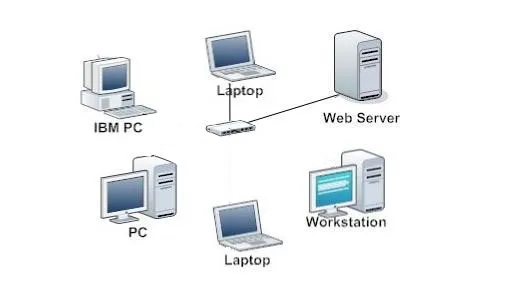
Bandwidth Allocation: Hubs share bandwidth equally among all ports, which can lead to bandwidth bottlenecks when multiple devices transmit data simultaneously. Switching hubs allocate dedicated bandwidth to each port, ensuring each connected device can operate at optimal speed without affecting others.
Network Performance and Security: Due to its basic functionality, a hub cannot distinguish between data packets or manage data based on priority, leading to a lack of traffic prioritization and security measures. A switching hub, however, supports advanced features such as VLANs (Virtual Local Area Networks) and network security protocols, enhancing both network performance and security.
Traffic Management: Switching hubs possess the ability to learn and store the MAC (Media Access Control) addresses of all connected devices, allowing them to send data directly to specific devices after the initial transmission. This learning capability is absent in hubs, which simply repeat any incoming data packets to all ports.
Due to these distinctions, switching hubs offer a more efficient, secure, and reliable networking solution compared to traditional hubs. They are better suited to handle the increasing data volumes and provide the necessary traffic prioritisation required for contemporary network environments. These features explain the transition from hubs to network switches as organisations strive to improve their network infrastructure for enhanced connectivity and performance.
Nobody should be installing hubs in 2024
With the overwhelming advantages of network switches outlined, it’s evident that the future of networking lies in adopting these advanced devices. They not only solve the inherent problems of network hubs but also provide a foundation for scalable, secure, and efficient digital environments. As organisations look towards enhancing their network infrastructure, switching hubs stand out as the indispensable choice for 2024 and beyond. Embracing this technology will ensure that businesses are equipped to handle the increasing demands of modern network traffic and security requirements.
What are the main advantages of network switches over traditional network hubs?
Network switches are superior to traditional network hubs as they provide better bandwidth management and data traffic control, which are crucial for faster and more reliable connectivity. Unlike hubs, switches avoid data collisions and ensure efficient network performance by allocating dedicated bandwidth and managing data traffic with precision.
What limitations do network hubs have?
Network hubs are limited by frequent data collisions and overall network inefficiency. They lack mechanisms for traffic prioritization and security measures, making them unsuitable for modern network setups that require reliable and secure data transmission.
How do switching hubs differ from traditional hubs?
Switching hubs, or network switches, differ from traditional hubs by offering targeted data transmission through MAC address learning, which allows them to send data directly to intended devices rather than broadcasting to all connected devices. This leads to improved security, minimal data traffic congestion, and enhanced overall network efficiency.
Why are network switches considered more secure than network hubs?
Network switches offer advanced security features that are not available in network hubs. These include the ability to control packet delivery and monitor traffic through MAC address learning, which not only prevents unauthorized data access but also mitigates the risk of network breaches.

